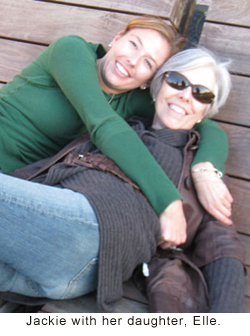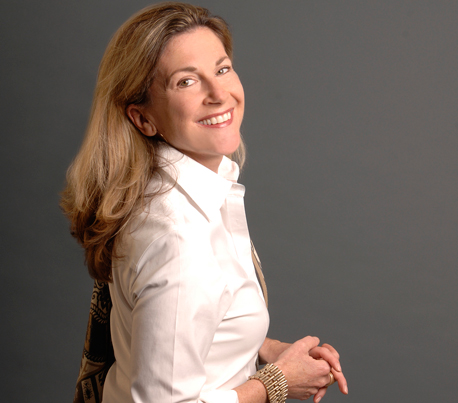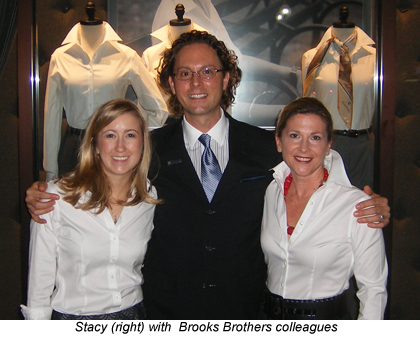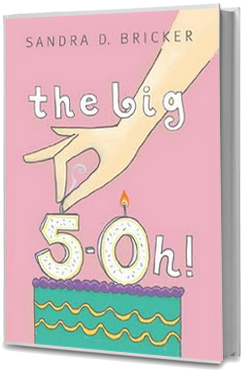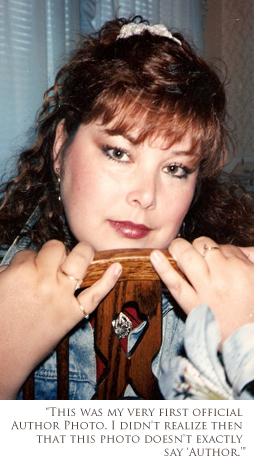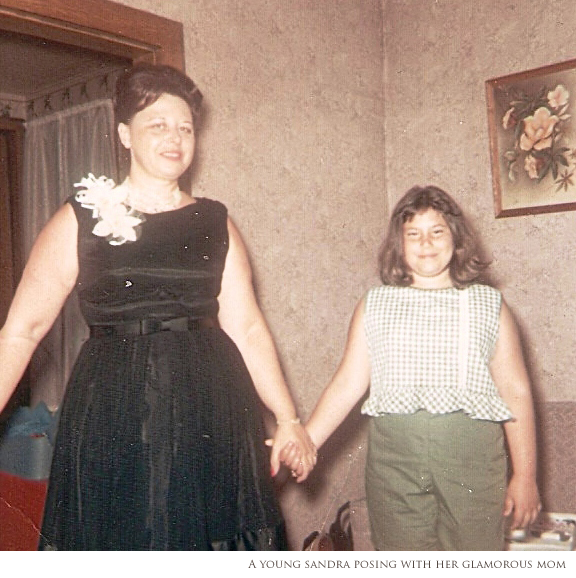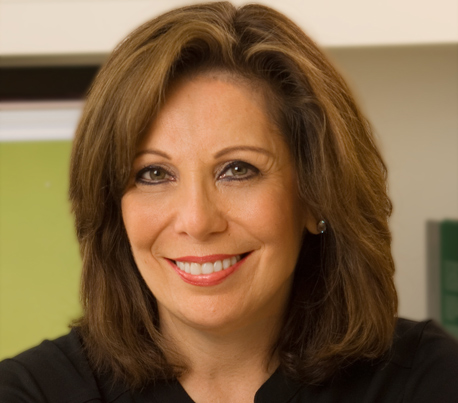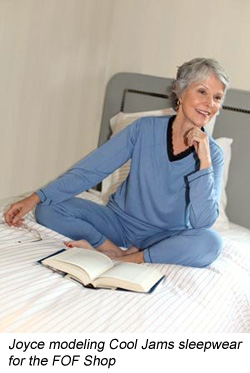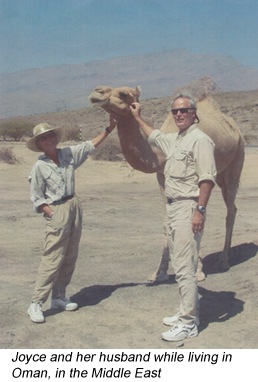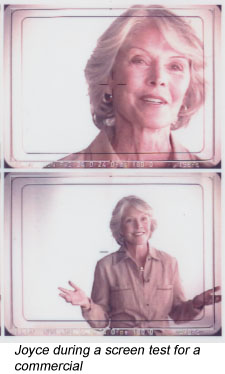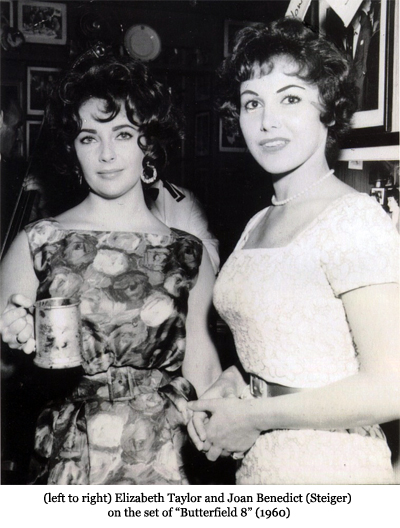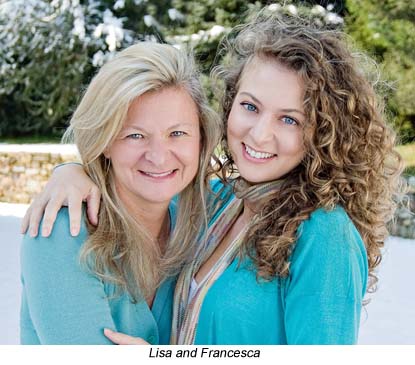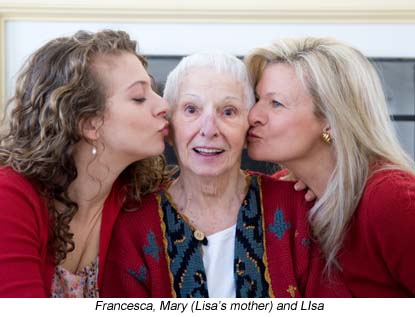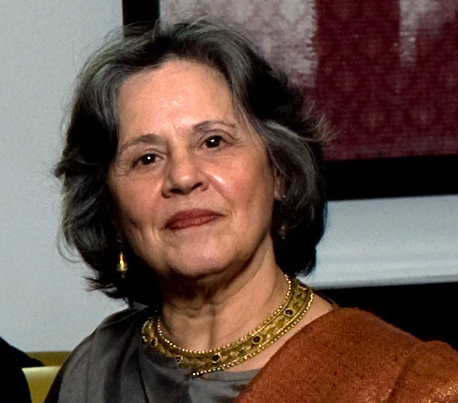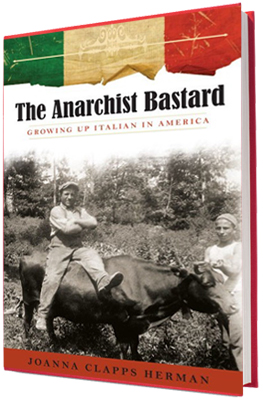Meet Linda Dresner
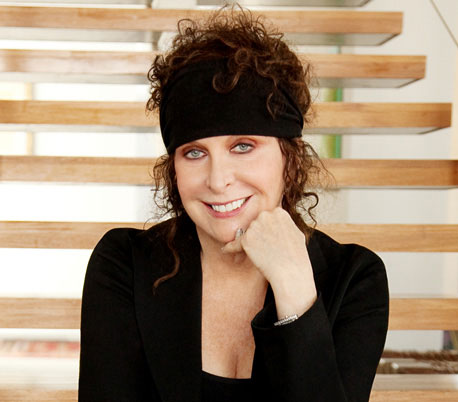
Location: Birmingham, MI
Age: Over 50
Marital Status: Married
Education: Self-educated
A wife and mother barely into her twenties, Linda Dresner knew the only way to get out of the house in the 1960s was to work, so she headed to the few Detroit modeling agencies to search for employment. “I was considered good looking,” says Linda, still fabulous looking decades later.
“The criteria for modeling were different then.”
Hired for retail runway shows and photographic ad work (“Detroit was important for car advertising in those days”), Linda soon realized she had a natural bent, an eye forfashion and the ability to see clothes in a particular way. So she and a friend opened a little clothing store. “I wanted to distinguish myself and earn my own money,” she says.
“My own style was feminine classic. Geoffrey Beene suits and Pucci. There weren’t many choices,” Linda recalls.
She next became a partner in Hattie, a small shop that sold Yves Saint Laurent from a closet plus other emerging designers with strong signatures, such as Roberto Cavalli and Sonia Rykiel. Parting ways with Hattie Belkin after six years, Linda opened her own store.
Alone in business and in a difficult marriage, but tenacious and determined, she “continually operated from nerves and wanted to prove that I existed and could do it on my own.”
Always the adventurer, Linda championed labels including Comme des Garcons, Yohji Yamamoto (“It was the moment of the Japanese”), the oversized multi-colored leather jackets from Claude Montana and later  Jil Sander.
Jil Sander.
Linda Dresner debuted on New York’s Park Avenue five years later, in 1984. “In my naivete, I felt New York needed me,” she says.
It did. During her quarter century in New York City, she became one of the premiere specialty retailers and attracted the likes of Jacqueline Kennedy, her daughter-in law Carolyn Bessette Kennedy, many actresses and the loveliest of New York ladies.
Her store lease coming to an end and a difficult retail environment showing no signs of correction, Linda decided to close her New York location. The Michigan shop continues to attract clients who enjoy fashion and look for an independent edge. An edited mix of labels is presented in a calm, beautiful ambiance.
What’s happening to you today?
After two marriages, breast cancer, and more than 30 years in business, I feel more comfortable with myself, who I am and what I want to do. Four years ago, I remarried. He’s a wonderful man, bright, accomplished and respected.
Getting ready for our first date, I was nervous when I thought about our different lives and what he would think of me. When I opened the door, he smiled and said, ‘Just look at you.’
He is my strongest support system in every way.
How would you define your current style?
Off, but not eccentric. I mix things up, day for night and night for day, for example. I wear what I like and often shop in my own closet, mixing my favorites from Martin Margiela, Comme des Garcons and Yohji. Their components always work. I have depended on them for years.
I don’t like tight clothes or shoes. I hate being uncomfortable, but that doesn’t mean unfashionable or unattractive.
Do you have a favorite item of clothing?
I wear a Wolford cotton stretch body suit every day to pull everything together. It’s a comfort thing and it eliminates lines.
I also have many lightweight coats to layer over jeans and other clothes. One favorite is an original dark patchwork cotton beauty by Project Alabama.
What about a signature accessory?
My wedding ring and an Hermes rubber envelope bag that I’ve had for years. It goes with me everywhere, even to cocktails.
Sometimes I consider my hair an accessory. It’s long and curly. I don’t comb it, just pin it up with bobby pins. I stopped blowing it out years ago.
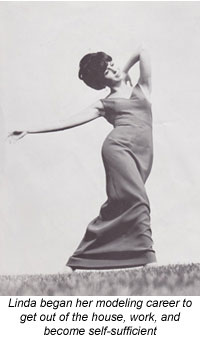
Signature perfume?
Frederic Malle’s Dans tes Bras.
Lipstick?
I have full lips that have color. I always try different lipsticks. Lately, I’ve been loving Vincent Longo’s Genasei in sheer pink.
Do you have a beauty routine?
Cetaphil for cleansing. I’ve had non-invasive laser treatments every three months for the last three years. They remove dark spots and build collagen. They also give my complexion an even finish.
Who influenced you?
My mother was very beautiful. I loved the way she looked when she was going out. She wore lipstick even when she went to the market and she looked amazing in hats.
I also adored the movies and was fascinated by the glamorous beauties. Ava Gardner was a favorite.
Who inspires you?
Women who do their own thing, who have struggled to find themselves and have found confidence, women who are free about the way they look and enjoy it, women who can look you in the eye …kind and open people with good manners.
How do you rejuvenate?
Yoga, although I don’t stand on my head and don’t intend to. Yoga releases tension, centers me and is excellent for balance. I’m way over spas.
I try not to be around things that feel toxic, like bad coffee and annoying people.
What about your favorite restaurant in Detroit?
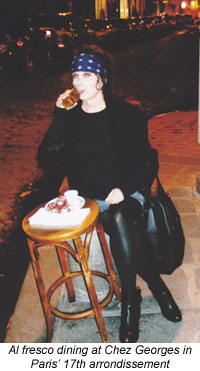
Assaggi Mediterranean Bistro is casual with very good food.
Do you have a secret favorite place in Detroit?
Wherever my husband is.
Great book you’ve read?
An Inconvenient Wife, The Help, The Stone Cutter were interesting. Each book spoke about personal struggle, how one can conquer what feels overwhelming, frightening and difficult.
Passion project?
To continue to challenge myself to do things that are not always like a comfortable old shoe.


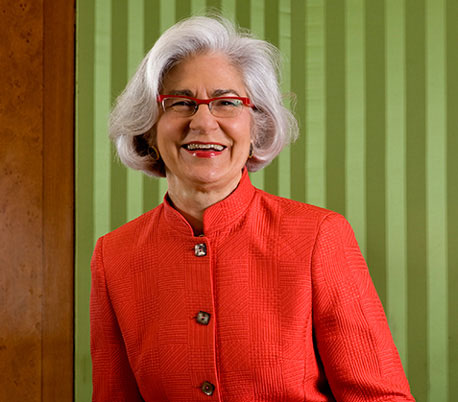


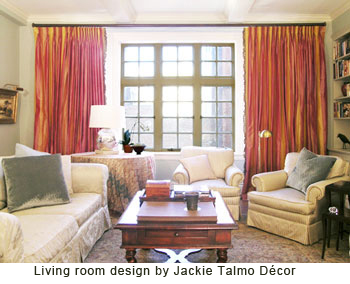
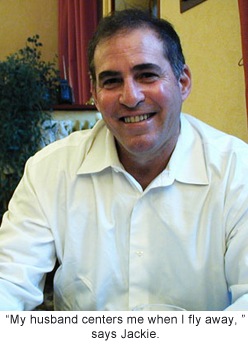 great job.
great job.